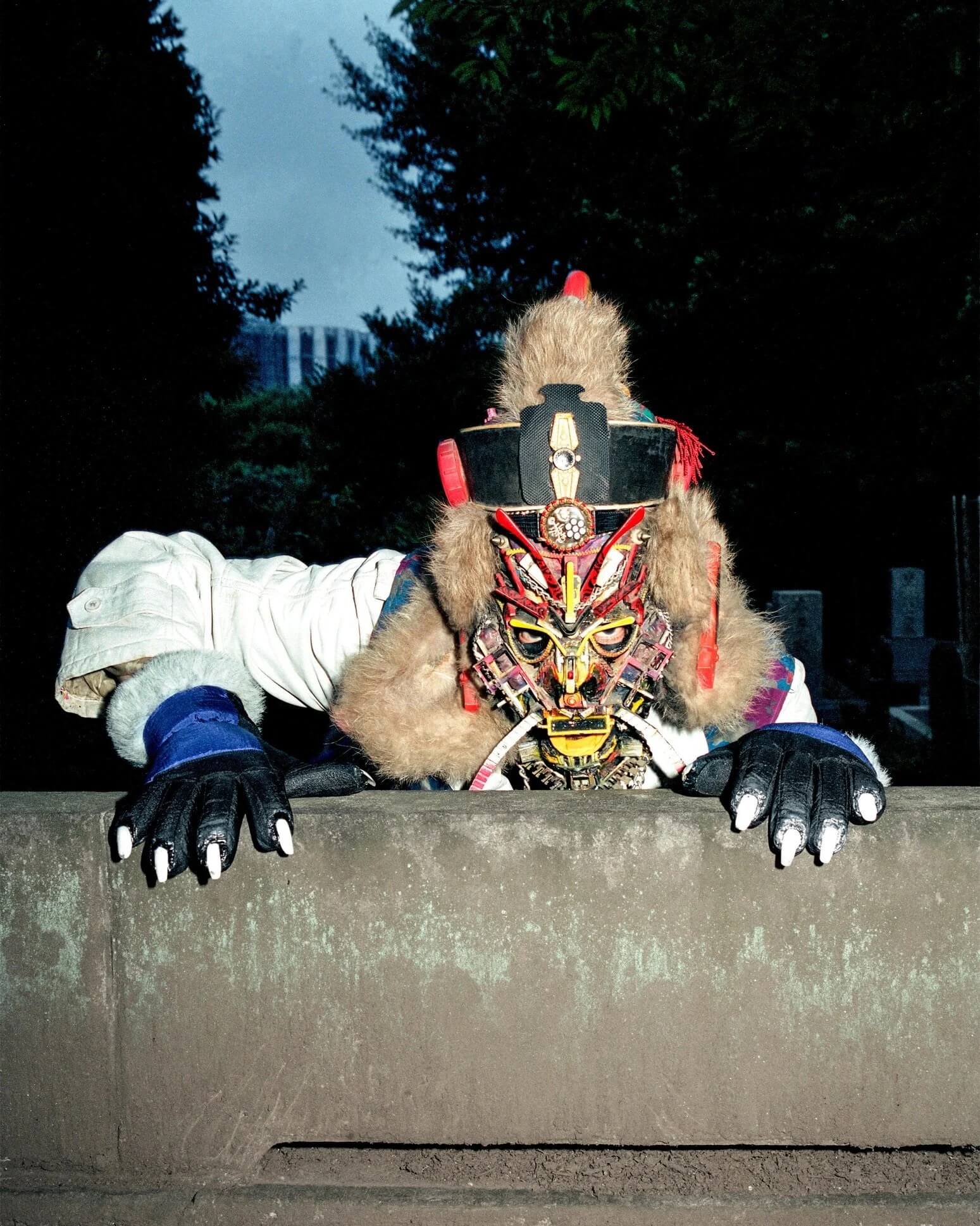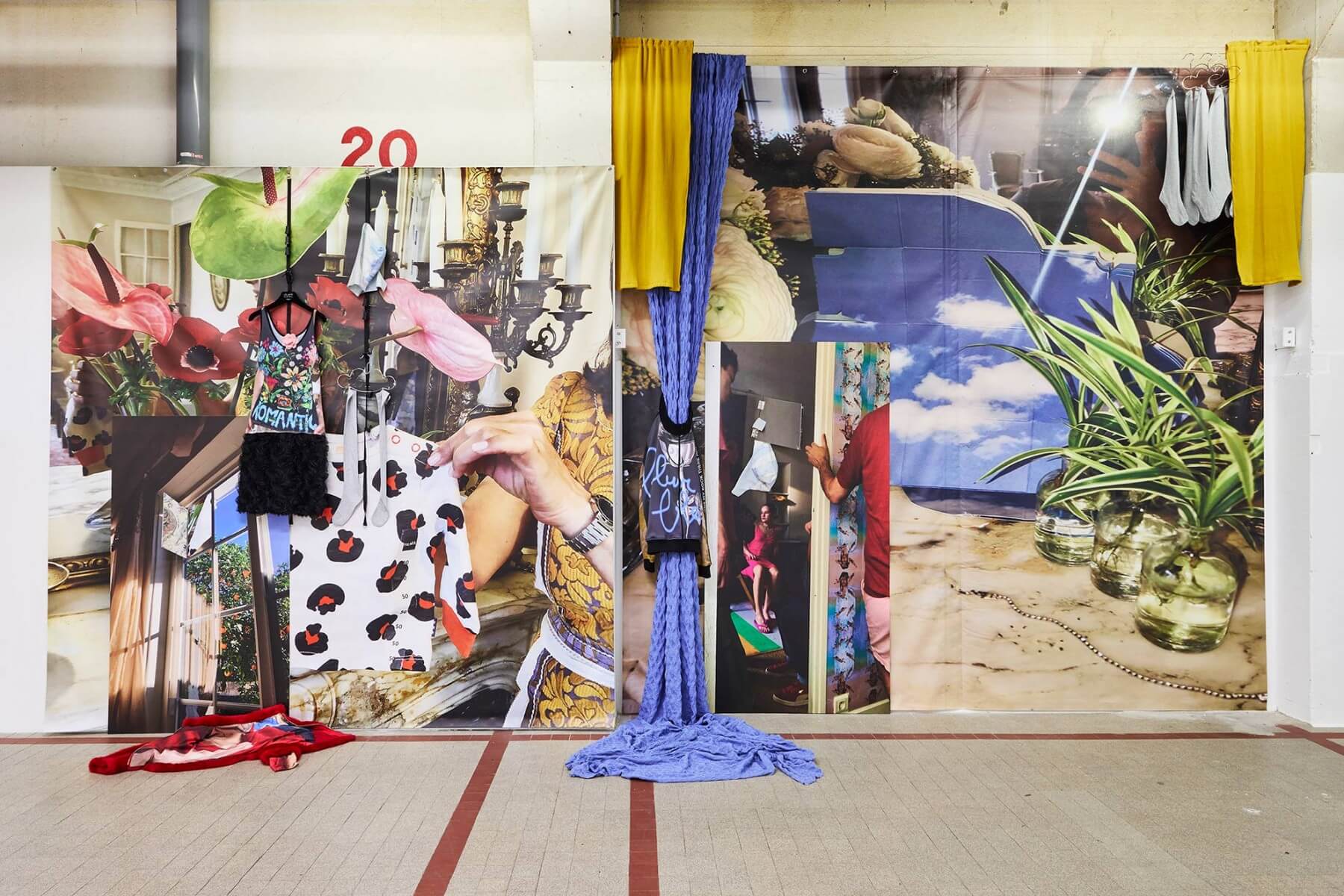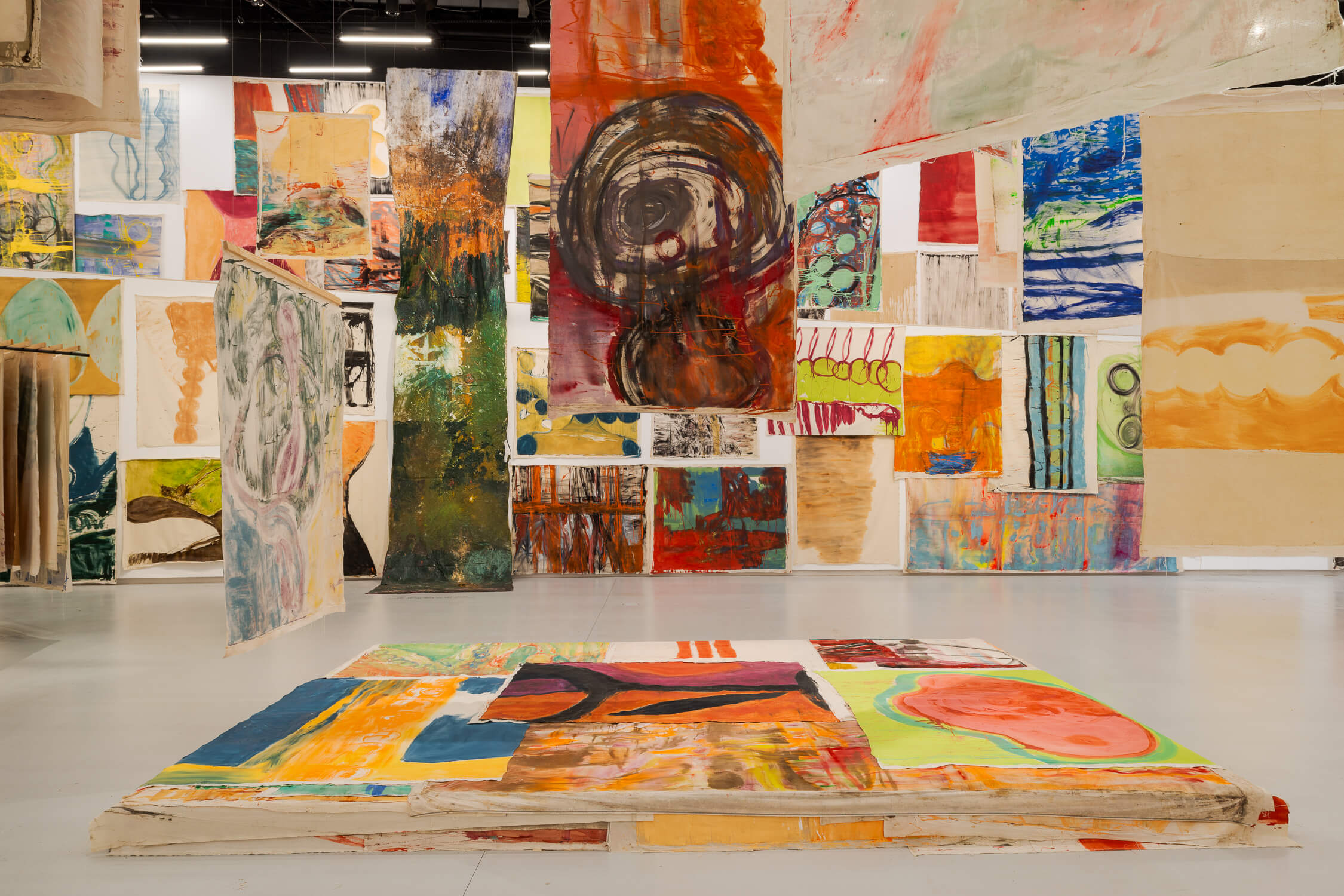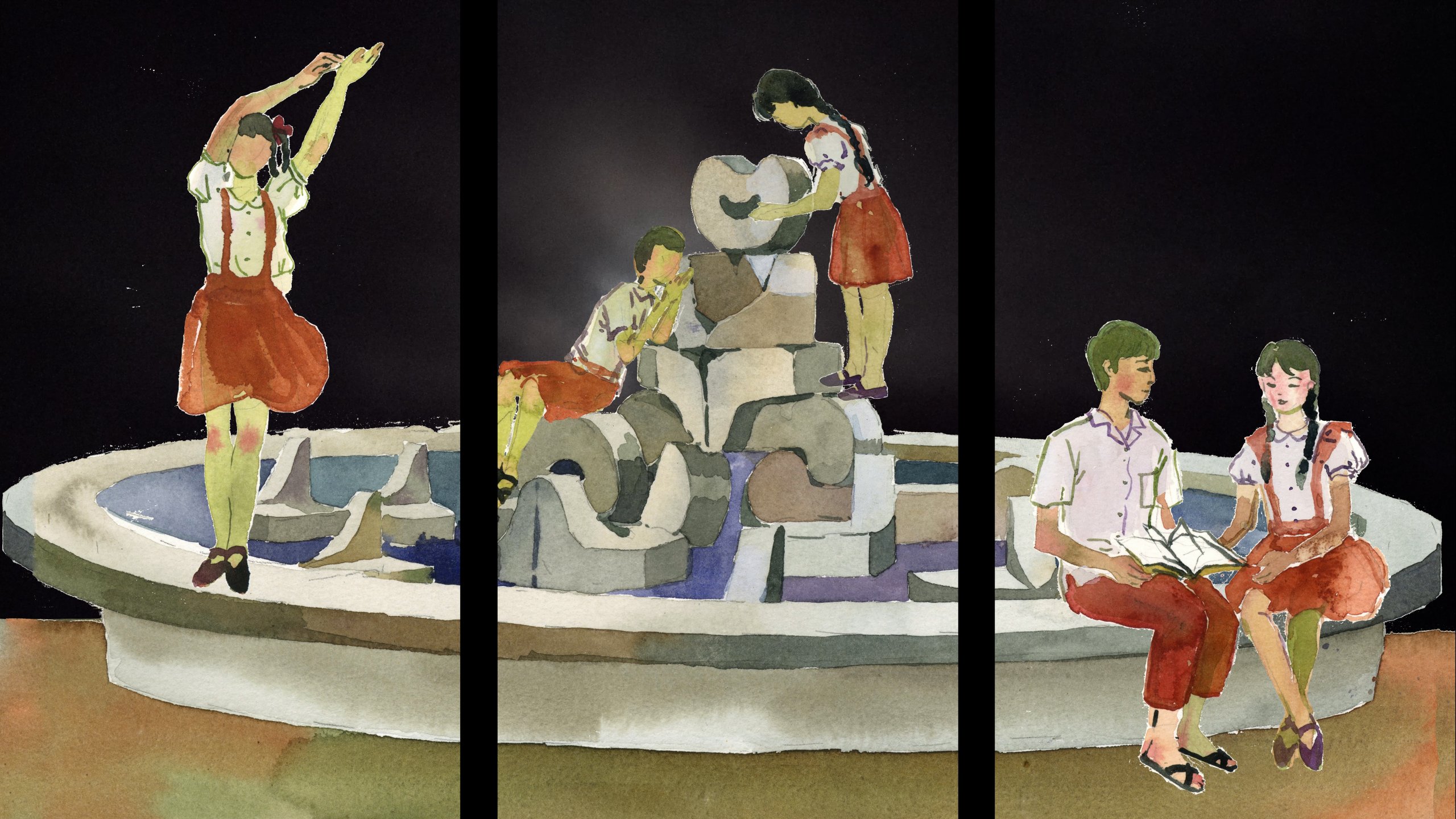SEARCH THE ENTIRE SITE
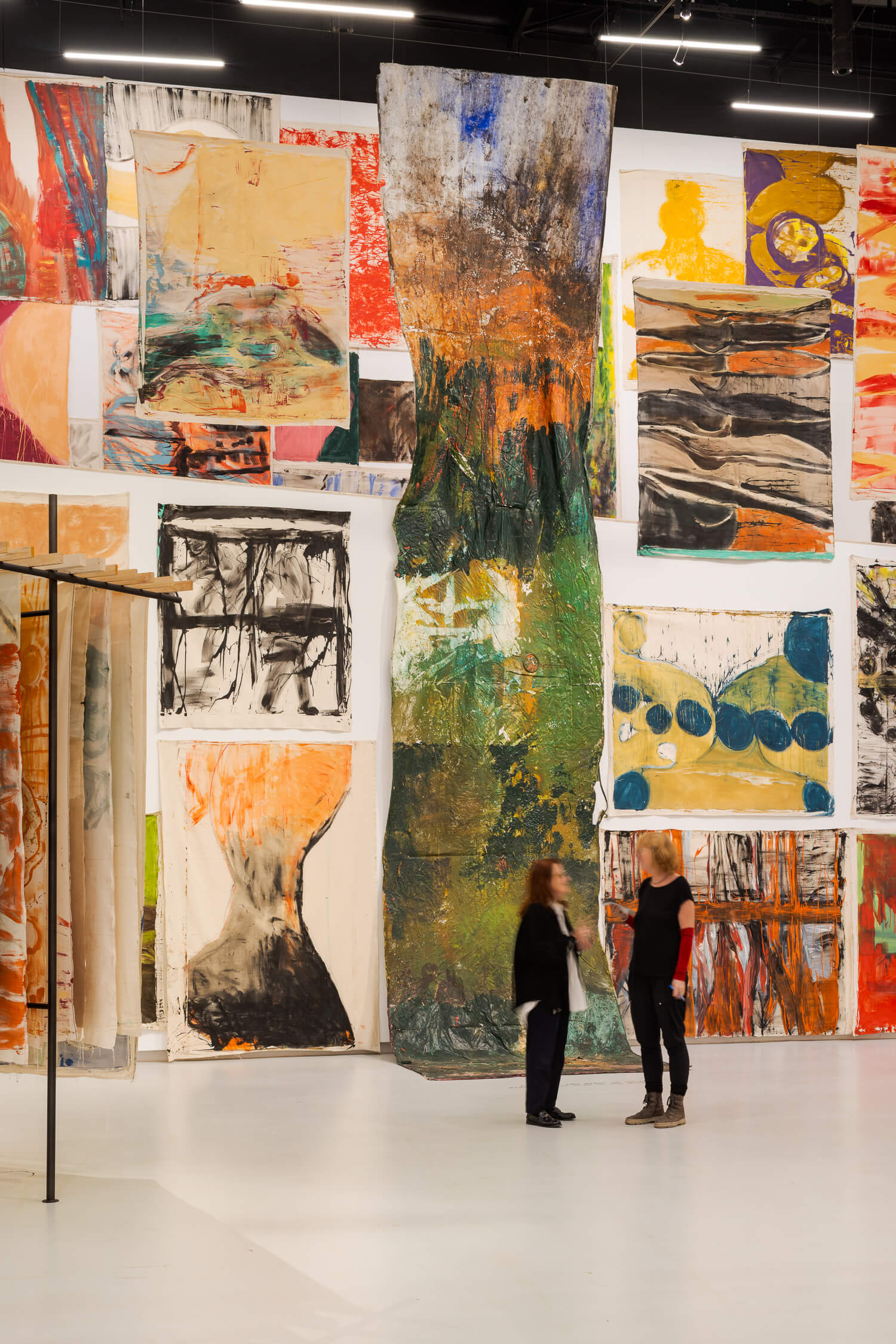
Editorial : Out in the Open
by Guillaume Désanges
As an alternative to certain tendencies towards withdrawal, our institutions, more than ever, embrace openness. In other words, they must no longer be hermetic, aseptic and reserved, but rather open-air places in direct contact with their environment. This openness should be applied to various aspects: open to cultures, to varied topics and histories, to the most innovative forms and imaginations, to the most diverse audiences, and to the most disruptive questions—even to natural elements. The basic rules of architecture remind us that, to remain healthy and sustainable, all buildings must breathe—that is, maintain constant exchange with the outside world. A beautiful and edifying paradox: openness is the best protection.
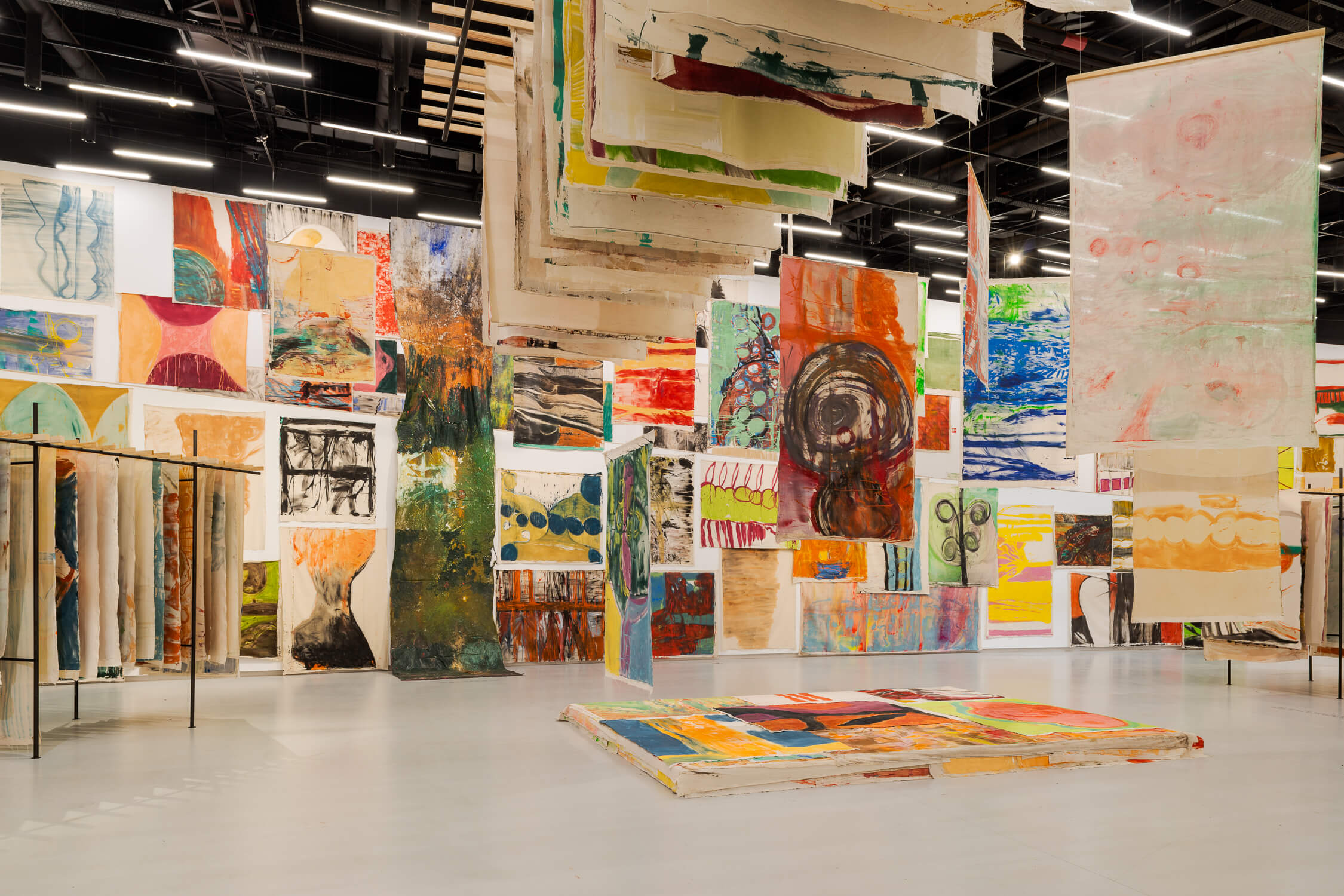
For this summer season 2025, the Palais de Tokyo literally opens up—both physically and symbolically. On the occasion of Disco, an exhibition by artist Vivian Suter, featuring some 480 open-air paintings imbued with traces of life from her garden, we are exceptionally opening up the large glass roof to allow air to circulate. This logical yet unprecedented way of adapting to climate change offers a breath of fresh air, supported by the enthusiasm and curiosity of the entire Palais de Tokyo team, who are aware that they are offering the public an experience that may well set a precedent. Meanwhile, on another floor of the Palais, Thao Nguyen Phan offers new insights into the history and culture of her country, Vietnam, particularly in its links with France, creating subtle relationships between image, literature, history and geography. The extension of Rammellzee’s striking exhibition continues to open up the institution to aesthetics from other creative shores, broadening the spectrum of our sensory experience. The hybrid space by Chalisée Naamani—somewhere between catwalk, gym, and meditation zone—also resonates with visual echoes from around the world, while John Giorno’s writings on the glass of the reception area form a poetic, political and colorful interface between the building and its surroundings.
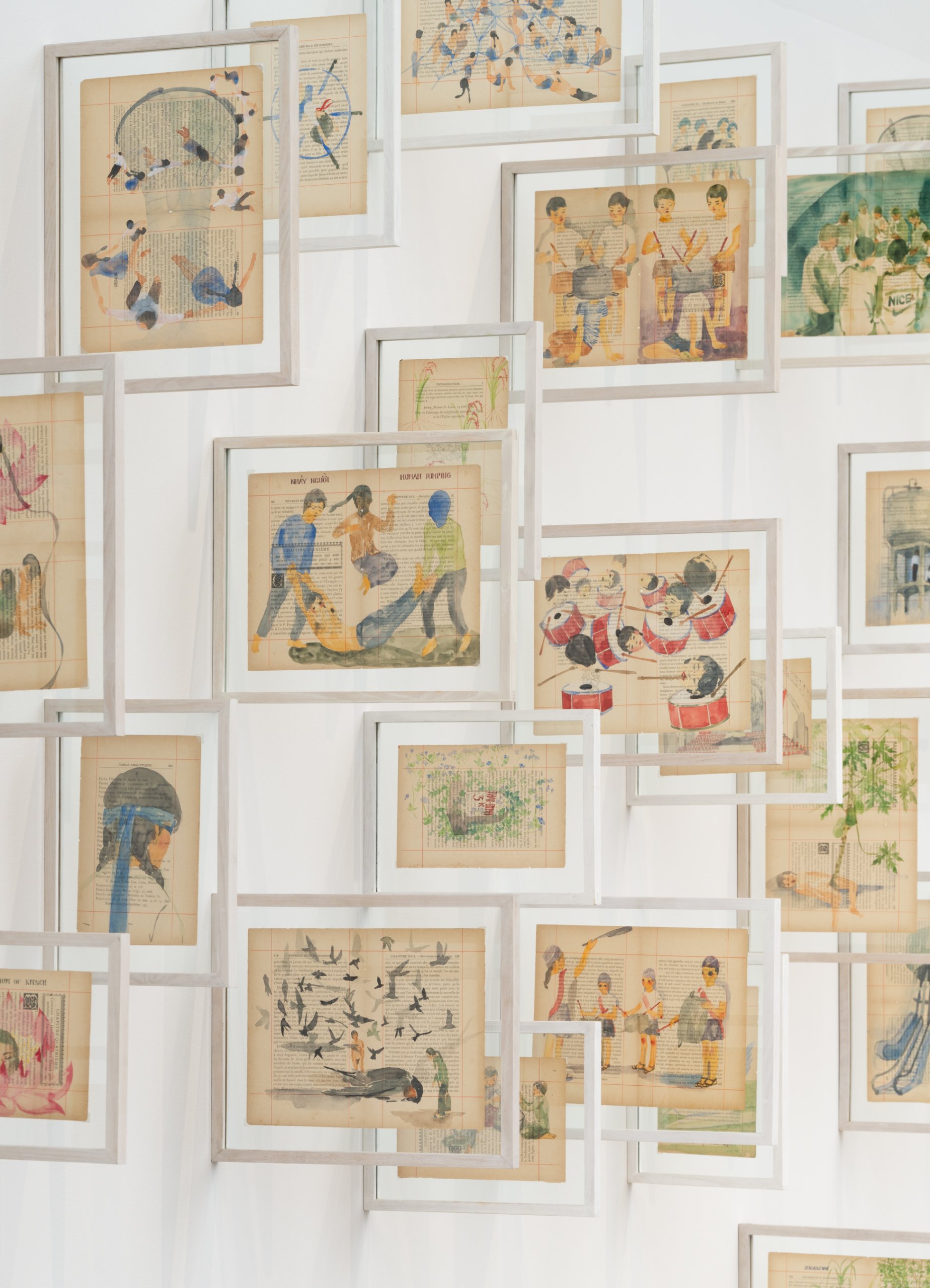
If we are to continue defending the idea of an art of possibilities accessible to all, I believe we must free our institutions from all the physical and symbolic boundaries that stand in the way of the artistic experience. To do this, it is imperative to open up the building as much as the minds, to circulate air as much as ideas, to change the institution in order to change the way people look at it. In short, the more receptive we are, the more resilient we become.
